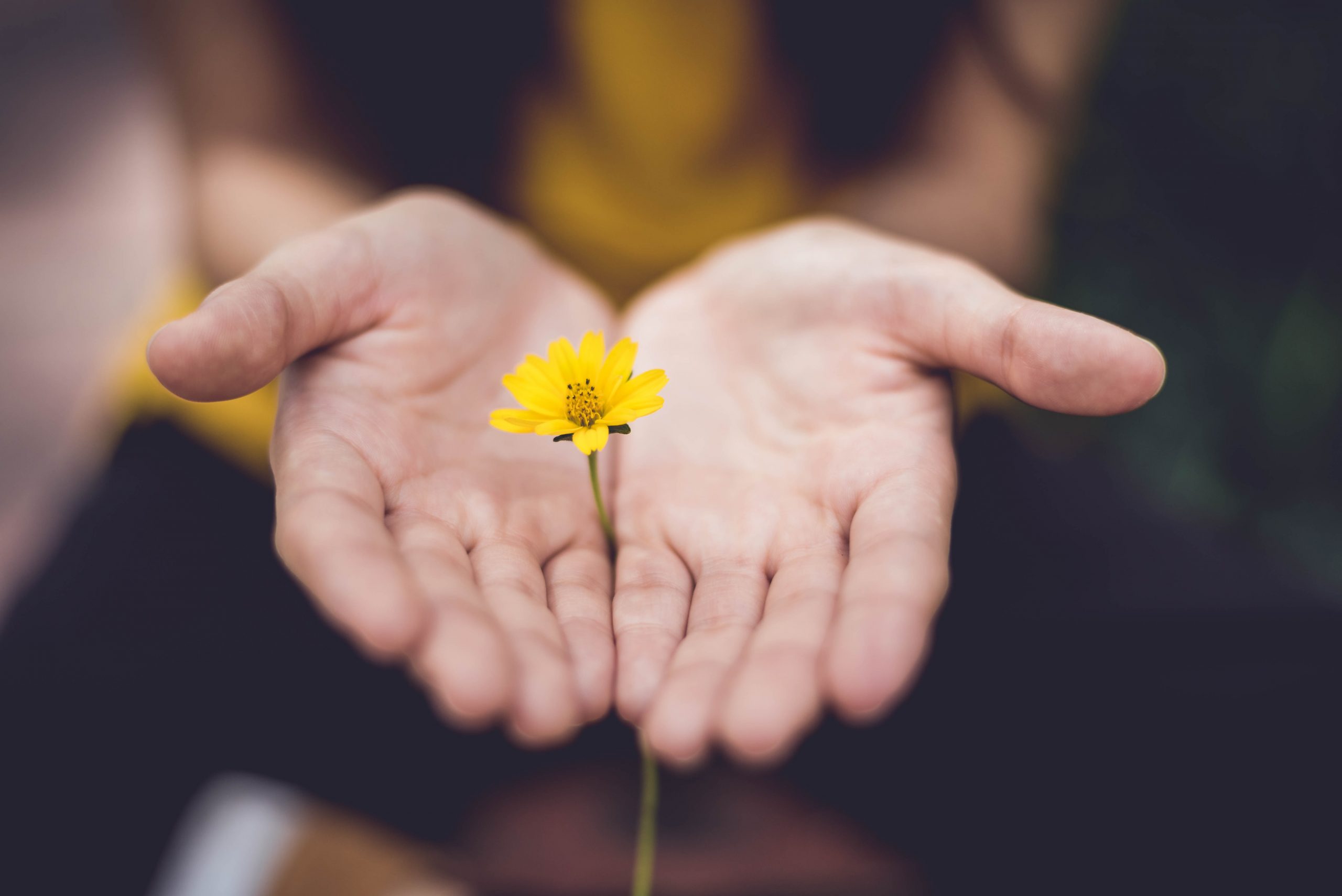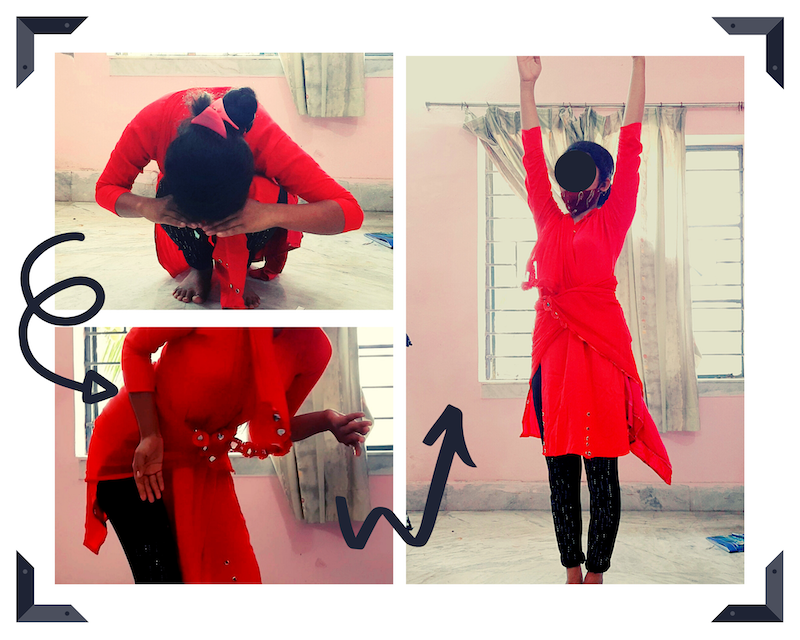For the past few years, body and movement have been the prime focus of my professional and personal life. As a physiotherapist and Dance Movement Therapy practitioner this is not surprising and what my practice has made me realise is that movement is the essence of being alive. If a person is alive, there will be movement. And the body’s movement can be seen in innumerable ways. It can be as large as the movement of the extremities or as small as the movement of ions across cell membranes. But before I lose myself in body or movements and my wonderful relation with it, lets take a peek into one of the factors that influences it.
To quote French psychoanalyst, Carl Jung, “Natural life is the nourishing soil of the soul. It is the body, the feeling, the instincts, which connects us with the soil.”
Jung’s work highlights the deep connection man has with nature. In his book, Earth has a Soul, he has explored his own relationship with nature and how that relation can be very subjective. Are we in nature or are we a part of nature? I feel it’s both. With the advancement of technology, we have uprooted our soul from the soil, the relationship between man and environment has become more predatory than symbiotic. Jung mentions how he could almost hear the thoughts of the rocks, the winds and the trees he sees. But how many of us can actually experience that today?! In many cultures it is believed that the spirits of our ancestors speak through nature, but the stones, the ocean, the wind have long stopped whispering to us and with it we have lost the profound emotional energy.

Srijani Banerjee
Faculty (Visiting) in Department of Physiotherapy, The Neotia University (India) & Dance Movement Therapy practitioner
My work involves training undergraduates in the basics of physiotherapy and guiding them to understand their professional roles. My primary areas of interest are understanding the psychosocial aspects of physiotherapy care and looking beyond the realms of traditional physiotherapy.
I was introduced to the writings of Carl Jung when I was studying Dance Movement Therapy. As a physiotherapist, movement was already an integral part of my professional life. In India we are still used to the traditional practice of physiotherapy which most of you are well aware means that we deal with people in an extremely “physical” way while carefully segregating any psychosocial aspect of disease and illness. While trying to get more answers about the psychological and social benefits of movements, I came across numerous studies that included steps from salsa, tango, ballet for the rehabilitation of stroke patients. It was during this time that I learned about Dance Movement therapy and for the past two years, I have been trying to form a bridge between the two approaches.
For long I believed that movement was the only connection between physiotherapy and dance movement therapy. Both the approaches to health care have their foundations in movement, both of them use techniques that require a lot of movement but the expected outcomes and goals are different. One of them focuses on functional areas while the other focuses mostly on psychosocial areas. And one fine day it smacks me on the head like a wet sock that there is another common thread that bridges the two together – the environment. Nature’s connection to the improvement of human well-being is longstanding and has become of growing interest in various health related fields (Blakey, 2020).

If you have seen Moana, you might remember Grandma Tala dancing with the waves of the sea or moving with the Manta Rays. The human body has forever moved in sync with nature. If we look into the “roots” of physiotherapy and dance movement therapy, we will find that nature has long inspired a lot of their therapeutic approaches. Be it using hot water springs to make the body more pliable for movements, using torpedo fish for treatment of gout to improve movements or picking out metaphors from nature like the babbling brook, the wind or the floating clouds for spontaneous movements, everywhere we look we will find that humans have has a deep connection with environment.
The advancement of science, despite being necessary and beneficial, has removed humans from their natural environment. Our swanky new clinics have temperature-controlled ambience, soothing lights and high-tech equipment that contribute greatly to environmental deterioration but that’s not the only problem. They also cause a disconnect between humans and their natural environment. Yet nature-based interventions like Eco therapy, Tai-Chi and many more have now given enough evidence to show that when a person is brought back into the nature their rehabilitation process is faster and easier.
Physiotherapy practice as we know it or learn it, is changing in two ways – one is by incorporating psychosociological thought processes in patient care and the other is by incorporating environmental perspectives into our practice to improve the rehabilitation of our patients.
DMT’s relation with nature is not about dancing in open spaces or dancing in natural environment but using nature as a tool for therapy by incorporating the movement of nature and its components. When the concept of DMT was developed by Marian Chase, she developed a lot of tools out of which Symbolism draws my attention most.
Symbolism shows the power of movement by use of metaphors which involves the patients taking the forms of animals, flowers, wind, trees etc. Symbolism can be useful for giving instructions to our patients as well. Physiotherapists have also used symbolism in different ways, and likely still continue to do so. In “Principles of Exercise Therapy” for example Dena Gardiner refers to certain techniques of strengthening muscles as movement to chop down a tree or imitating a seal (Gardiner, 1985).
A few days back, during a DMT session on growth, I asked the participant to imagine herself as a seed germinating into a huge tree. The movement started from a completely flexed position and gradually unfolded into a fully extended position.

People have a perception of nature and how its elements change. One can easily draw parallels between nature and body movements which make it easier to guide our patients. In the end our rehabilitation goals are to ensure that our patients are functionally independent. With the current focus on patient-centred care, it has become imperative to keep in mind how much our patients need and how we make them do their rehabilitation protocol. Numerous studies have shown the benefits of using elements of nature to help patients visualise the kind of movements we want them to do (Gangnath, 2016). DMT focuses on such elements from a psychological vantage point. A person who is agitated visualises water as huge waves crashing on the beach while a calm person visualises water as a river gently flowing. The sea, the tides they depict images of strong movement aspect while the ebb and flow of a river represents the metaphor of softer movements (Samaritter, 2013).
Now if I translate this to only the physical aspect, moving like a huge wave would involve large movements which means the body moves through a large ROM. It involves challenging the limits of stability of our body and lot of reach outs. Moving like a river involves mostly direct and sustained movements which involves holding the body in different postures that increases postural control as well as static stability.
All of this is mostly what I have observed and reflected on while taking sessions, but I feel that if this avenue can be explored further, we might get better answers. To date, Dance Movement Therapy and physiotherapy are largely thought of and practiced in separation from each other, but it seems to me that a more conscious integration of the environment will open up new avenues for them to beautifully complement each other.
References
Blakey, B.I. (2020). Patterns in Wild Places: Approaching Dance/Movement Therapy Through the Lens of Ecopsychology. Dance/Movement Therapy Theses. 59. https://digitalcommons.slc.edu/dmt_etd/59
Gardiner, M.D. (1985). The Principles of Exercise Therapy (4th ed.). India CBS Publishers. Pages. 167-169.
Gangnath, K. (2016). Nature-Based Dance/Movement Therapy. Dance/Movement Therapy Theses. 17. https://digitalcommons.slc.edu/dmt_etd/17
Samaritter, R. (2013). The use of metaphors in dance movement therapy. Body, Movement and Dance in Psychotherapy. 4: 33-43. doi:10.1080/17432970802682274.

